There are different types of teeth that serve various functions. The mouth contains incisors, canines, premolars, and molars. Incisors have sharp edges for biting off pieces of food. At the front are 8 incisors, 4 at the top and 4 at the bottom.
Canines, also called eye teeth, are next to the incisors. Their points make them suitable for tearing food. There are 4 canines, 2 per jaw. Behind the canines are the premolars, which do some chewing with their flattened surfaces. You have 8 premolars.
Last are the molars used most for grinding. With their wide, ridged chewing surfaces, molars thoroughly break down food. You have a total of 12 molars, with the wisdom teeth sometimes left out of this count. Proper dental care is needed to keep each tooth type healthy for strong teeth and fresh breath.
Key Takeaways
- Incisors are the only teeth adapted for strictly biting rather than chewing. Their razor sharp edges allow for efficiently shearing off pieces of food. Don’t miss to read out this topic Braces Cost.
- Canines have considerably larger roots compared to their crown size, making them evolutionarily designed as powerful puncturing tools to secure struggling prey.
- Premolars mark the transition between anterior teeth focused on food preparation and posterior teeth optimized for grinding. Their cusps aid both functions.
- Molars contain more enamel, dentin, and cementum than other tooth types, fortifying them against intensive chewing forces over a lifetime. This bulk comes at the cost of less sharp cusps.
- Wisdom teeth are technically a supplemental third molar that evolved as backups for earlier molars but now often lack sufficient room for proper eruption in modern human jaws. Their vestigiality exemplifies trends in shrinking human anatomy.
Overview Of Types Of Teeth
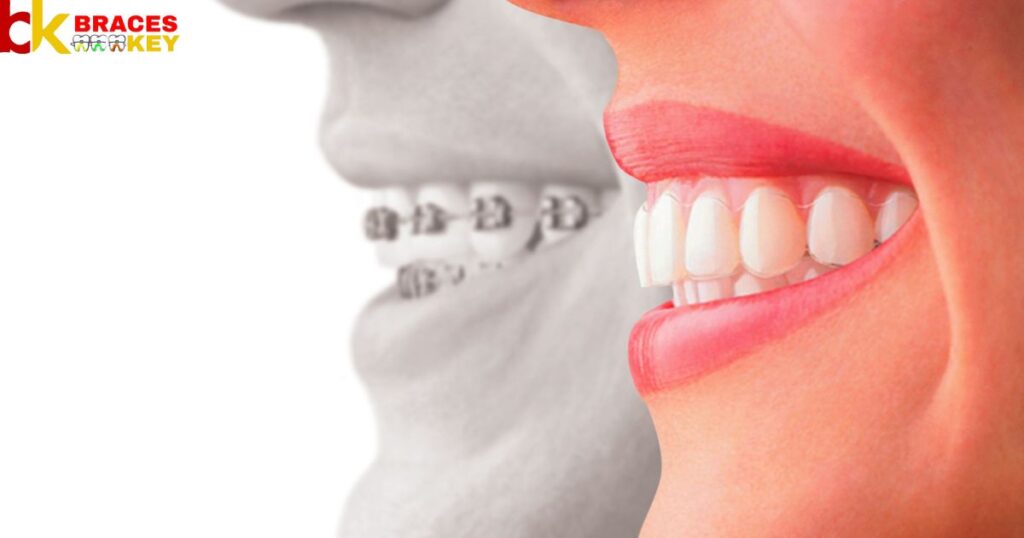
There are 4 main tooth types – incisors at the front for biting, canines next to incisors with pointed ends for tearing food, premolars behind canines that both tear and grind partially, and flat molars at the back designed for thorough chewing.
The 32 adult teeth work sequentially to break down food through their distinctive shapes tailored for specific functions in the mouth. Proper dental hygiene is key to maintaining oral health and fresh breath as different teeth types perform their varied functions.
Step By Step Guide To Types Of Braces
- Incisors are positioned at the front of the mouth with their chisel-like edges meeting in the middle. This forms a precise nipping surface for severing off pieces of food.
- Moving back on either side are the canine teeth, anchored deeply by single roots. Their conical shape functions to pierce and grip food or other objects like a claw.
- Premolar cusps transition from the pointed canines to flatter molars. Each premolar cusp takes on a different role, working together in a scissor-like nutcracker motion during chewing.
Loose Tooth
A wobbly tooth comes as gums weaken from natural exfoliation. Gentle rolling motions confirm mobility hearing loss. Bloodless saliva pools where enamel detaches from the socket. Children excitedly assess the doneness of tooth fairy candidates.
Parents demonstrate proper handling to avoid swallowing or choking risks. Orajel soothes any pre-loss discomfort till replacement erupts from below in the jaws. Parents stay alert for fully detached baby teeth, ready to be placed beneath the pillow in exchange for coins from the tooth fairy.
Dental Implants Cost

Replacing missing teeth enhances quality of life but implants carry expense. Factors like location, bone grafting need, number of fixtures raise minimums over $3000 per tooth. Implant-supported dentures prevent delicate permanent bridges, minimizing future costs.
CareCredit coverage eases financial burdens, as some employers offer dental insurance. Consulting multiple practitioners ensures selection providing value for investments in oral health and confidence. Comparing pricing from experienced prosthodontists creates an affordability strategy.
Cavity Filling Cost
The expense of countering tooth decay varies widely based on severity and location. Conservative resin or amalgam fillings may cost under $150 for accessible areas. Crowns or root canals needed for extensive decay push treatment estimates up dramatically.
Dental insurances offset some expenses in their coverage plans but deductibles apply initially. Preservation extends natural tooth lifetimes at lower long term costs than replacements. Simple filings prove cheaper than future extractions with dentures or bridges.
Black Teeth
Blackened enamel discolors one’s smile and confidence. Stains arise from poor oral hygiene and habits like coffee, red wine or tobacco use over time. Surface stains remain removable through non-invasive cleanings.
More stubborn internal staining responds to bleaching gel applied professionally under dental supervision. Laser treatments prove effective for deep stains without damaging healthy tooth structure. Remedies restore a bright appearance though prevention through diligent brushing and flossing best maintains pearly whites.
Gold Tooth

A golden tooth fascinates as it gleams amongst the others. Dental crowns fashioned from precious metals decorate smiles for varied reasons. Replacing severely damaged teeth improves structure and function while gold’s luster outwardly expresses personality or fashion.
Centuries ago European nobility flaunted wealth through golden mouthpieces as hip hop artists do today. Beyond aesthetics, gold crowns prove highly durable and biocompatible, serving teeth responsibly for decades with proper care. A gold tooth lives up to its showy reputation through longevity.
Wisdom Tooth Pain
Sharp shooting pains mark the entry of wisdom teeth into an already full mouth. As jaws shrink with age, impacted third molars struggle to erupt. Pressure and infection set in beneath gum lines. Anti-inflammatory medications and cold compresses soothe temporarily until removing culprits.
Surgery extracts pain-causing offenders under anesthesia before damage occurs. Alternatively, root exposure relieves inflammation to watchful waiting. Either path restores smiling comfort from pesky maturity molars.
Wisdom Tooth Pain Relief
Agony demands quick wisdom tooth relief when nerves inflame. Over-the-counter medications reduce swelling yet extractions definitively cure what drugs mask. Local anesthetic numbs pain before gentle extractions by oral surgeons.
Ice wrapped in gauze calms residual tenderness. Antibiotics prevent post-op infections if skin breaks when erupting teeth emerge crooked. A soft diet aids healing while skipping crunchy items. Patients rest with medication, swiftly finding solace as wounds close.
Chipped Tooth
A clumsy collision or tough snack leaves more than a dent – one’s tooth chips. Small chips smooth naturally while larger fractures mar smiles. Careful filing shapes remnants for comfort yet exposes sensitive dentin.
Temporary fillings or quick bonding restores contours. But size dictates if crowns permanently reconstruct chipped chompers. Despite chips, regular brushing keeps oral health intact and strengthens remaining enamel. With dental arts, even cracked teeth may be revived like new again.
Chipped Tooth Repair
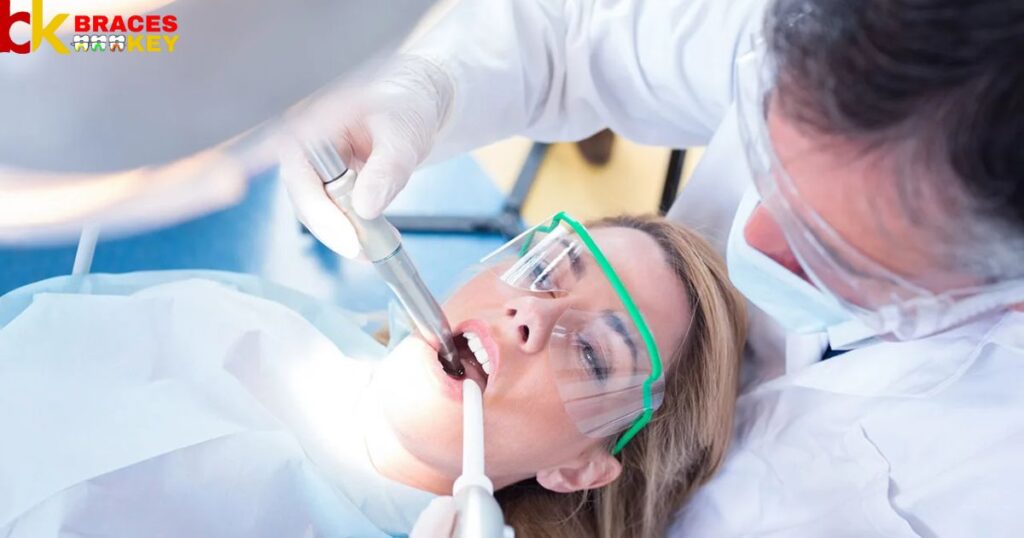
A chip marrying one’s tooth demands restoration to a flawless facade. Microscopically, bonding flows into spaces sealing cracks. Composite blends with original enamel masking flaws. Crowns fully encase compromised dental architecture in striking new shine.
Lasers precisely contour metal or ceramic components for an exact fit. Gentle shaping conceals nature’s ravages or past trauma. Patients beam confidently thanks to innovative repairs bringing back beauty to even severely damaged teeth.
Chipped Tooth Repair Cost
Small repairs rebalance smiles affordably, often under $200 out-of-pocket. Bonding restores modest chips within hours. But substantial fractures demand crowns surrounding remnants at higher price points up to $1000.
Insurance coverage varies versus cosmetic qualifications. Payment plans spread costs to surmount hurdles. While immediate fixes cost more out-of-pocket, protecting teeth delays future extractions which burden finances further. Overall oral health investments sustain natural and attractive grins overall.
Chipped Tooth Repair Kit
When dental fixtures lay past accessing, DIY chipped tooth kits take hold. Composite putty mends cracks like bonding at a fraction beneath skilled hands. Precise applicators gently shape micro-fillers into crannies.
Curing light replicates professional hardening without special tools. Stopgap treatments restore chewed-up smiles discreetly until visiting a hygienist. Safety instructions accompany kits for safe- yet-speedy temporary fixes away from an office. With care, adhesive or glue dentistry leads smiles from cracks into the light again.
Tooth Sensitivity

A shock of pain from sweets spells sensitive teeth lurk. Enamel erosion or receding gums cause this plague. Conditions like clenching increase agony exposure worsens plight. Desensitizing toothpaste coats roots protecting nerves.
If symptoms persist, bonding or varnish shield dentin or temporary fillings eliminate triggers. Discovering original causes like acid reflux can tame sensitivity long-lasting through modifying risks. With remedies, even overly sensitive teeth may recover peace.
Tooth Sensitivity After Filling
Fillings aim to restore teeth but their placement may awaken lingering sensitivity. Drilling removes decay yet also healthy enamel as an inadvertent side effect. Exposed dentin fibers react strongly to stimuli. Topical fluoride helps remineralize vulnerable areas.
Short term sensitivity after a filling usually subsides as enamel strengthens once more. Patients persist with prescribed toothpaste, giving recent repairs time to integrate fully prior to judging success. With care and patience, new fillings calm and stabilize teeth in time.
Teeth Cleaning
Pearly smiles shine through hygienic routine. Scaling cleans beneath gum lines where bristles fail to reach. Polishing then buffs away surface stains restoring brilliance. The dental visit removes buildup jeopardizing oral health over time.
Patients feel relief from cleanings’ refreshing effects. Preventive care warrants rewards like protection from future trouble and fresh confidence with every hygienic therapy. Regular maintenance prevents cavities and gum disease, keeping smiles radiant for years through non-invasive cleanings.
Teeth Retainer
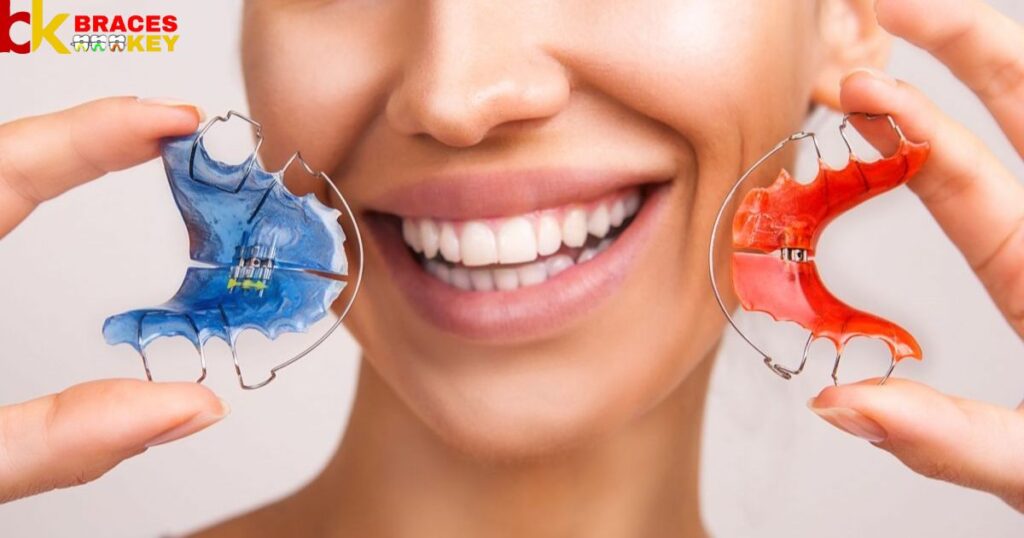
Carefully crafted clear plastic aligners hold shifting teeth set after orthodontia. Nightly worn retainers preserve straight smiles from relapse back to old bite. Bonding wireframes also lock jaws set from the back.
Retainer wear stabilizes teeth alignment gained from extensive treatment. Compliance maintenance expense’s results with minimal effort. Slack retainers erase months of adjustment, a reminder for life to cherish patient diligence paying off with impeccable grins retained.
Different Types Of Teeth Explained
Within jaws lie incisors, canines, premolars and molars – each with roles both similar and distinct. Incisors initiate bites and shape food, while canines tear. Premolars continue chewing before wide-surfaced molars fully crush morsels on journeys to stomachs.
Baby teeth transition sets before one permanent arrangement. Adult tooth types’ variations reflect dietary needs morphing across lifetimes. Dental expertise ensures proper care for every form within smiling faces.
Incisors
Enamel daggers tapered for tearing and gripping, the incisors initiate every bite. Sharpened chisel edges at their front face convey food inward as jaws meet. Their combined four points in top and bottom jaws deftly position morsels for the chew.
Self-sharpening action keeps incisors ever-honed for optimized cutting. Through continuous scraping and shaving, these frontmost teeth process each intake with precision. Reliable incisors fundamental to feeding last throughout lives with proper care.
Canines
Pointed pips positioned to tear and grip, canines extend past other teeth. Sharply angled flanks nip off portions to chew, their sturdy points stabilizing jaw positioning. Ancestral fangs served savage ripping, now conveying bites’ power without raw savagery.
Tearing with poise, modern canines unleash jaws’ deft leonine might yet civilly portion each morsel. By tooth and nail these shredders shred, shaving each take down manageable boluses, enabling digestion’s smoothie continuance.
Premolars

sitting behind canines, premolars crush where incisors cut and tear. Flatter surfaces grind divided morsels to finer grist. Their shapes transition to molars’ facets, melding functions as food softens.
Premolars’ dentition denotes adaptability, augmenting precision bite by structured bite. Through such intermediaries digestion flows unlabored from collection to dissolution. Each premolar plays a steady part in the incremental conversion that readies nourishment for absorption.
Molars
Broad multi-cusped molars liken to geologic mortars, grinding grain between ridges as millstones smash. Their wide crowns pulverize preparations received from narrower predecessors at the close of chewing’s relay. By mastication’s culmination, food forms a mash molars to reduce nearly liquid.
Firmly rooted with thick enamel shields, molars were designed to persevere, bearing the greatest burden as digestion toils. Stalwart molar fortresses sustain crushing for a lifetime when cared for properly.
Types Of Teeth In Human
Within each jaw’s arch four tooth types, incisors cut, canines tear, and premolars grind initial chews. Then broad molars pulverize from side to side until nourishment turns smoothly swallowable. Baby teeth precede grown patterns to open paths for permanents.
Each type’s shape excels its use – incisors’ points gather, canines portion, premolars crush finer before stout molars’ multi-cusped fortress finally pulps all to liquid gold for absorption. Diverse yet adapted, human teeth proclaim ingenious evolutionary design.
Types Of Teeth And Their Functions

The teeth in our mouth play a vital role in chewing food. There are different types of teeth designed for specific tasks. The front teeth, called incisors, are shaped like tiny chisels to cut and bite off pieces of food.
The chewing teeth or premolars grind and crush the food into smaller pieces. The molars in the back have broad, ridged surfaces ideal for thoroughly chewing and mashing food for swallowing. Together, the various types of teeth work harmoniously to break down our meals into an easy to digest form.
Types Of Teeth Diagram
There are different kinds of teeth located in your mouth. The molars are flat teeth designed for grinding food. The premolars in front of molars cut and grind food. Next are the canines also called cuspids, strong and pointed for tearing food.
In the middle are incisors, the front teeth with sharp edges to take the first bites. From wisdom teeth at the back to incisors facing out, each plays its role in the chewing process as shown in dental diagrams.
Types Of Teeth Shapes
Our teeth come in different shapes to help chew different types of food. Incisors are razor sharp and flat like a spade for cutting bites of food. Canines are cone shaped and pointed like a triangle to pierce and tear flesh.
Premolars have sharp cusps like shovels to grind food into smaller pieces. Molars are bumpy and cube shaped like a chessboard to thoroughly crush and grind food. Together these differently shaped teeth work in harmony like puzzle pieces to break down our meals.
4 Types Of Teeth And Their Functions
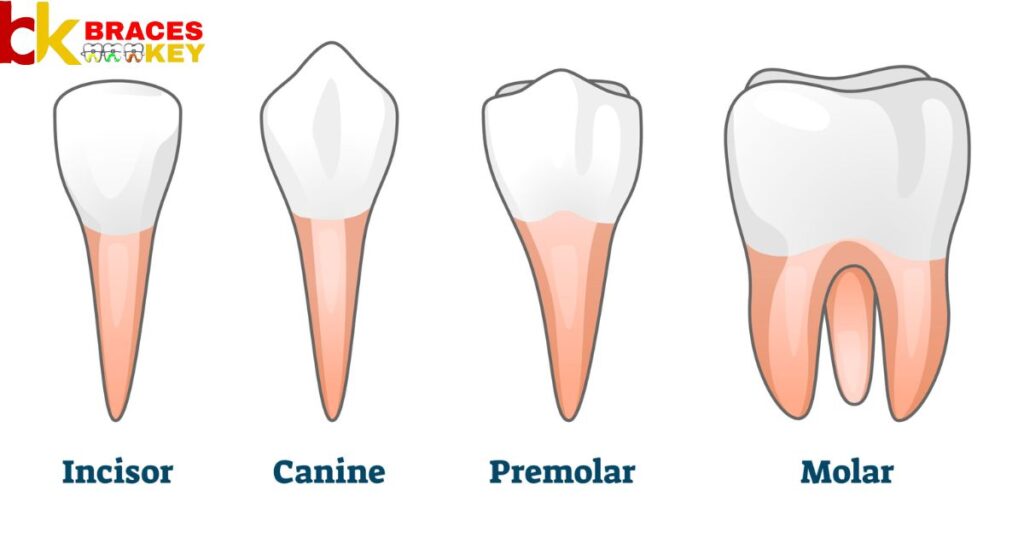
Our mouth consists of four types of teeth, each serving their own purpose. Incisors slice through food, canines tear meat and fiber, premolars commence the chewing process. Wide-surfaced molars fully masticate food into a pulpy mass.
As we take a bite, incisors cut and canines grip before premolars further grind in preparation for final pulverizing by powerful molars. Working in synchronization, the four diverse tooth classifications allow for efficient eating and digestion.
What’s The Anatomy Of A Tooth?
Contained within the gums of our mouth are these hard structures called teeth. Each tooth consists of several layers that come together to form this protective biting surface. At the center lies the pulp cavity containing blood vessels and nerves.
Surrounding this is the dentin, a bony substance. The outermost visible layer, enamel, is the hardest material in the human body. Above and below the neck meets the gums, securing each tooth firmly in place. Together these anatomical parts make up our 32 natural teeth.
What Are Teeth Made Of?
Peering inside the complex structure of teeth reveals the marvelous materials that give them durability and function. A tough outer shield of enamel coats the crown for grinding and chewing. This protects the softer inner layers.
Below lies dentin, a bony tissue that anchors the rooted half. Running through is the pulp, holding blood vessels and nerve fibers. Some teeth house an inner sanctum called the root canal as well. Together, enamel, dentin, pulp and subtle bone leave teeth exceptionally equipped to withstand our daily grind.
Are Teeth Bones?
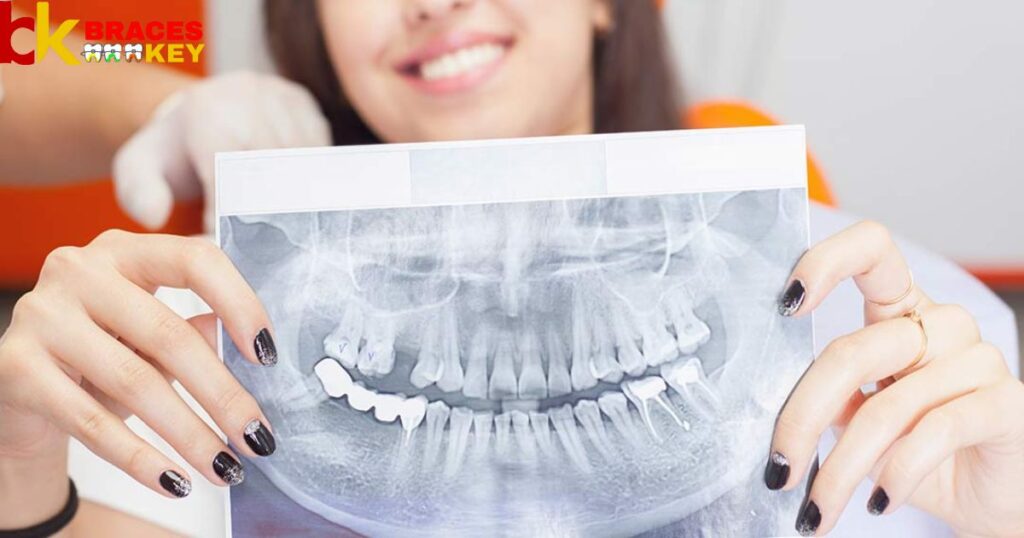
At first glance, teeth appear much like the bones in our jaw but their composition sets them apart. Lacking marrow and living cells, teeth cannot repair or remodel as our skeletal system can. Their permanent nature makes replacement necessary versus regeneration.
Although dentin and bone material give teeth rigidity, they lack abilities like homeostasis and growth intrinsic to true bone. The durable yet perishable formulation of enamel and dentin instead designates teeth as a category unique from other hard tissues in our body.
What Are Teeth Numbers?
Each dental arch has its own organized set of numbers to identify our 32 teeth. Primary and permanent teeth develop in stages throughout childhood. Incisors start from 1 to 2 at the center and escalate outwards.
Canines take 3 to 5, and molars follow 6 to 10 on both top and bottom jaws. First premolars occupy 11 to 14 before the six year molars wrap the back at 15 to 18. For wisdom, 28 to 32 emerge last if at all. Their numeric naming keeps our oral chart in tidy order.
Universal Numbering System For Adult Teeth
Dentists worldwide use a standard dental chart to keep accurate records of each tooth’s location and condition. Starting at the center upper right, incisors are numbered 1 to 2, then canine 3, premolars 4 to 5, and molars 6 to 8 total in the upper jaw.
Below mirrors this arrangement with teeth numbered from 1 to 32 overall. As permanent adult teeth replace primary versions, this consistent method aids identification. From routine exams to complex treatments, the universal numbering grid ensures clear communication about any oral health concerns.
Universal Numbering System For Baby Teeth

Just as their adult successors, primary teeth follow a standard numeric roadmap from right to left, top to bottom. Tiny incisors commence at A to D on the top crown’s peak while their lower pair matches below from E to H.
Canines I to K and M to P precede single molars T to W that wrap the back dental beds. This orderly scheme aids pediatric dentists examining little mouths. Whether discussing missing teeth or cavities in need of treatment, the universal scheme for milky molars facilitates comprehensive care from infancy through lost baby tooth season.
A Simple Guide On The Different Types Of Teeth
All teeth can be grouped according to their shape and purpose within the mouth. Incisors slice, canines tear, premolars chew. Further back lie the molar chewing stations that thoroughly crush food.
Each section plays a key role in breaking down bites. Incisors start the cutting, canines rip, premolars grind as molars pulverize. This simple arrangement maximizes efficiency so the jaw and digestive system can process eats with minimum effort. Knowing the basic types guides understanding proper dental function.
Learn About The Types Of Teeth In A Mouth And How They Work
Within the jaws lie different tooth classifications specially adapted for eating tasks. Incisors slice, canines pierce, first premolars cut further before flat-surfaced molars pulverize remnants. Together they form an assembly line from initial chewing to final grinding.
Sharp-edged incisors take the first bites which canines then shred into smaller pieces. Premolars cut these into yet finer fragments just right for powerful molars to pulverize into a mash. Through such coordinated actions, teeth transform meals into an easy to swallow mash.
Exceptional Dental Care In The Center Of Brighton & Hove
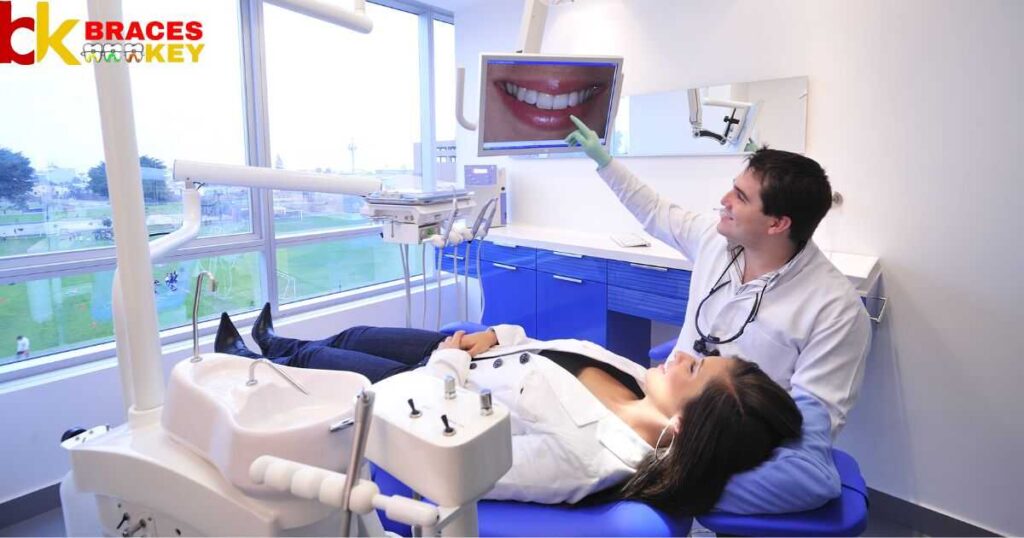
With brightly lit, comfortable facilities central to Brighton and Hove residents, Coastal Smiles Dental Practice is conveniently located to provide top-notch oral healthcare. Experienced dentists and hygienists treat every patient like family, taking time to explain treatments.
Cutting-edge technologies paired with gentle techniques restore smiles to radiant health. Affordable payment plans make any necessary work stress-free. Come experience the caring, quality service that has clients telling all their friends and family.
FAQ’s
What Are The 4 Types Of Teeth?
Nature crafted our gnashers in incisors that slice, canines to grip steep, broad-faced premolars to grind and molars that pulverize each bite completely.
What Are The 5 Teeth?
Incisors split and cut, canines claw and rip, first premolars chop smaller bites, then molars work to pulverize thoroughly before swallowing, delighting our gastric plight.
What Are My Different Teeth Called?
Incisors lead the way with a bite, then canines take hold and rip, premolars further grind as molars sit back to pulp food until fine.
What Do Molars Look Like?
Molars’ wide crowns wear flat surfaces best to grind and mash with a bumpy coat meant for frictional force to break down every facet of taste.
Conclusion
Each tooth plays a crucial role in our ability to eat and enjoy a varied diet. From slicing and tearing to grinding and pulverizing, incisors, canines, premolars and molars work together in an intricate assembly line to prepare food for digestion, Types Of Teeth.
Understanding the different shapes and functions of our pearly whites helps us appreciate their importance and emphasizes the need to maintain their health through proper care. Overall oral hygiene protects this incredible natural resource we call teeth.








